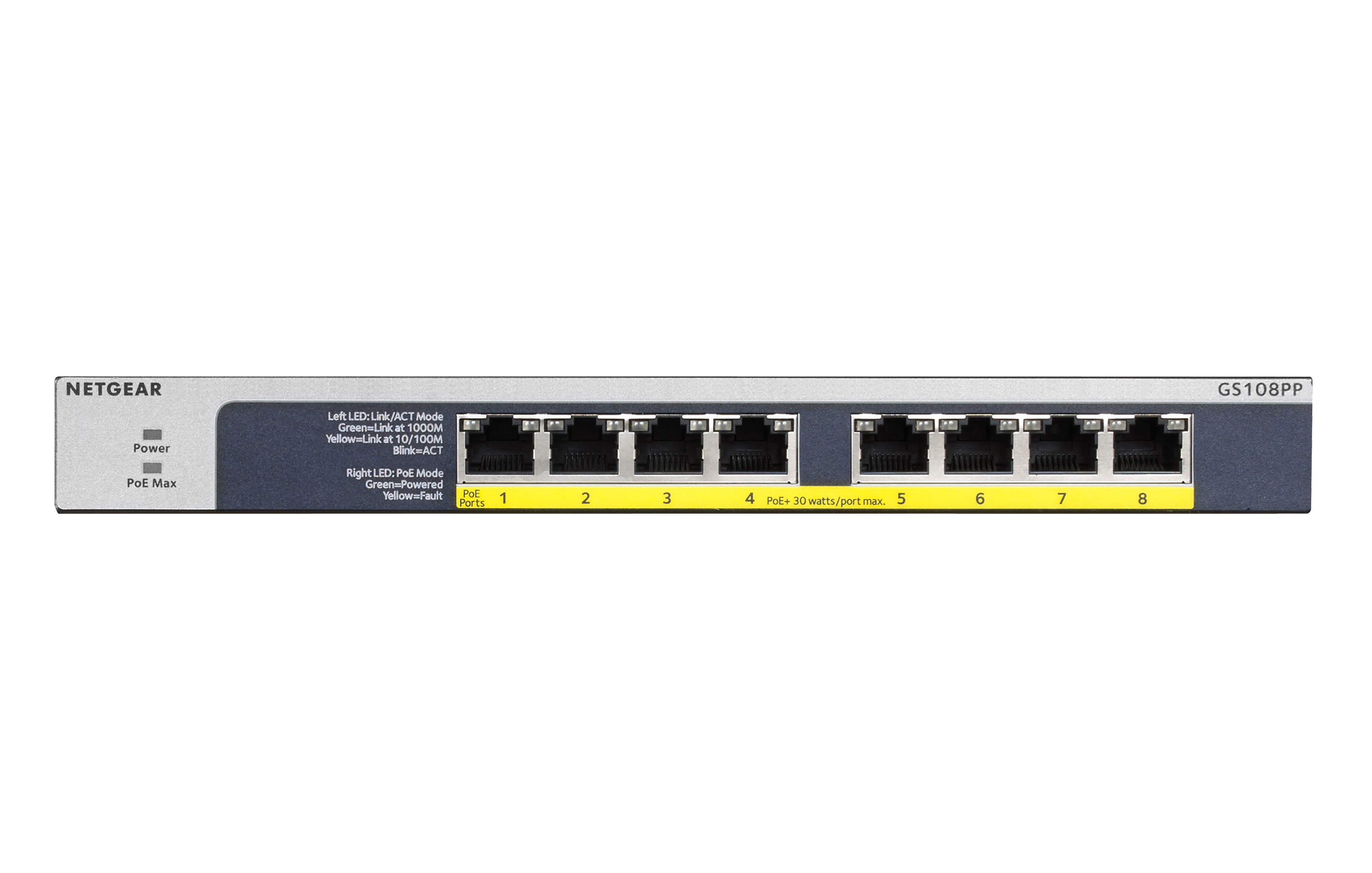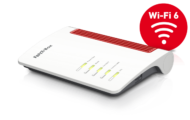Increasingly every home-networking equipment vendor is pitching a mid-range or high-end router range that offers “cloud” abilities and features. This kind of feature was simply offered as a remote-access feature but is being marketed under the cloud term, used as a way to make their devices appear to look cool to the customers.
These features are more about simplifying the process of providing authorised users remote access to the control functionality and similar features on these devices and providing this kind of access to someone who is using a smartphone or tablet. It also extends to file access for those of us who connect an external hard disk to these devices to purpose them as network storage.
What benefits does this offer for the home network router
The key feature that is offered for these devices is the ability to allow you to manage them from any Internet connection. This may be about troubleshooting your connection or locking down the Internet connection for rarely-occupied premises like a holiday home or city apartment.
If you connect an external hard disk to your cloud-capable router, you would have the same remote-access functionality as a cloud-capable NAS. This means that you could put and get data while you are on the road using your regular or mobile computing device and an Internet connection.
Some vendors integrate an application-level gateway to their cloud-assisted network services like video surveillance as part of this cloud functionality. This allows you to gain access to these services from the same point of entry as you are provided for your router.
How is this achieved
Like the cloud NAS, this involves the vendor providing a dynamic DNS service to aid in discovery of your router along with the use of SSL and other technologies to create a secure path to your router’s management dashboard.
It is also assisted with a client-side app for the mobile computing platforms so as to provide an integrated operational experience for your smartphone or tablet. This caters for items like access to the notification list, use of the interface style that is distinctive for the platform as well as the ability to get and put files according to what the platform allows.
Vendors who offer other cloud-based services would provide an application-level gateway in the router that ties in with these services and the devices that benefit from them. This is to provide a tight and finished user experience across all of their devices on your network, and is a way to keep you “vendor-loyal”.
Current limitations with this setup and what can be done
As we head towards cloud-capable network devices and add more of these devices to our networks, we will end up with a situation where we have to remember multiple Web addresses and user logins for each of these destinations. The manufacturers like D-Link would exploit this by integrating the cloud functionality for all of their devices or, more likely, devices within certain product ranges so that a user comes in to one entry point to benefit from the cloud functionality for that manufacturer’s device universe.
But the reality is that most of us would create a heterogenous network with devices supplied by different manufacturers and of different product classes. Here, one would have to keep a list of usernames, passwords and Web entry points or install multiple apps on a mobile device to benefit from every device’s cloud functionality.
Similarly, a manufacturer would be interested in evolving their “cloud-side” part of the equation for newer products but could place older products at risk of being shut out. Here, they could maintain the same functionality by keeping the remote access functionality alive and passing stability and security improvements to those of us who maintain the older devices.
Of course, working on systems that are true to industry standards and specifications like TR-069 for remote management can allow for pure interoperability and a future-proof environment. It can also allow for increased flexibility and the ability for third parties to provide the “cloud router” services with their own functionality and branding.


